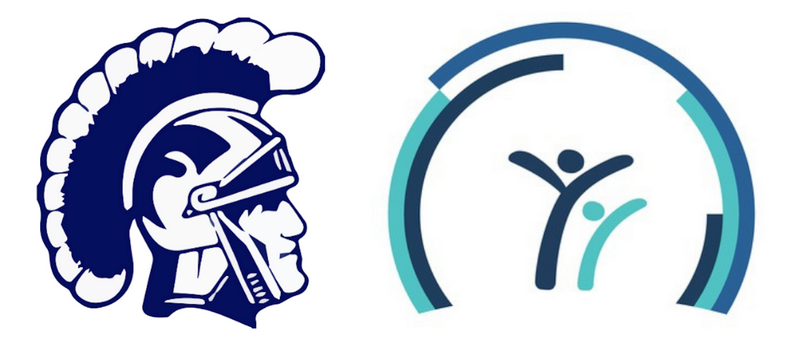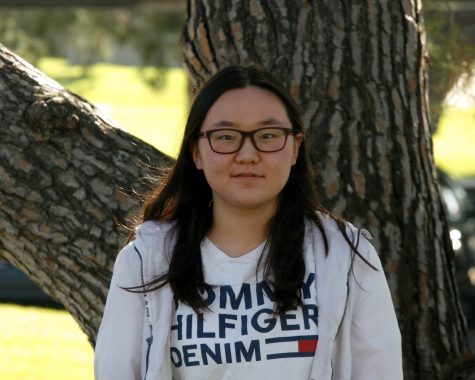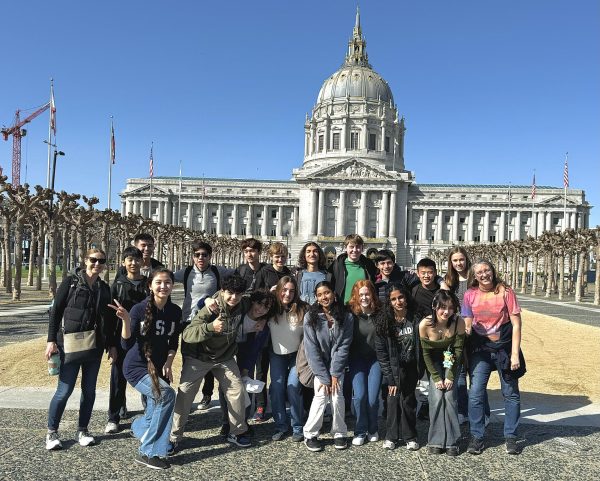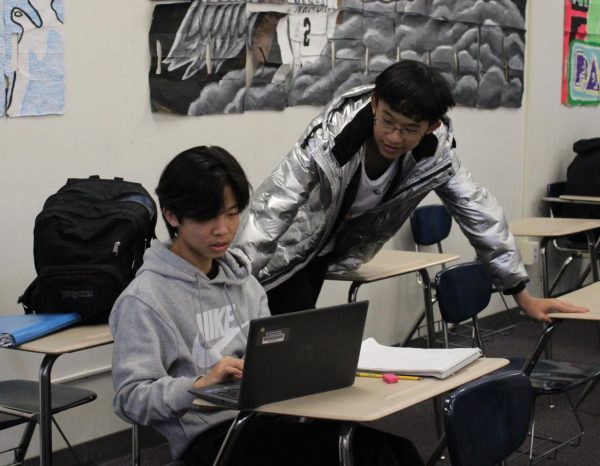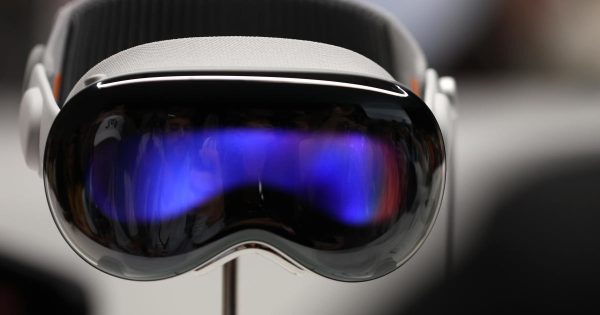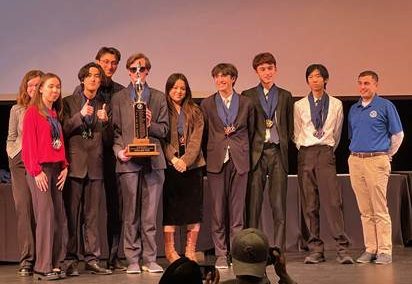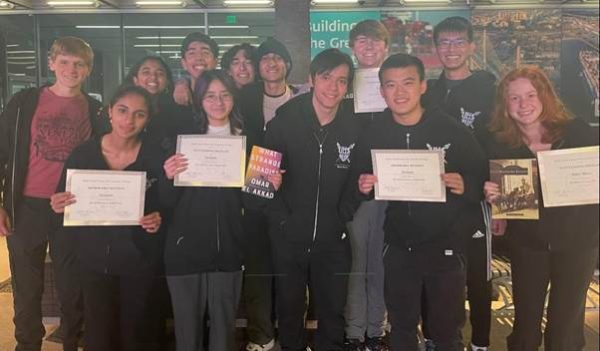Over 100 Students Switch Learning Models for the Second Semester
February 22, 2021
Over 100 students switched learning models at the beginning of the second semester, with 32 students returning to UHS, and 105 students transferring to the Irvine Virtual Academy (IVA).
This change in the UHS student population caused many scheduling changes for students.
“In order to accommodate the academic model change requests, staffing had to change, so that there are enough teachers to support students in each academic model (hybrid and virtual),” counselor Ms. Hanna Addessi said. “This required some class sections at UHS to close. If a student was in a class that closed, they had to be moved to another section.”
However, despite scheduling changes, students’ class switches did not have a significant impact on class distributions.
“I have about eight new kids and lost about four,” English teacher Ms. Susanne Fitzpatrick said. “My class sizes remained basically the same, with one class getting a little larger and one class getting a little smaller. This is typical with seniors every year because of the single semester class requirements that seniors have.”
Although IVA operates independently of IUSD schools, students were able to transfer to and from IVA before the start of a semester through a form available on a student’s Aeries Portal page.
“Requesting the transfer was easy because I requested it early,” senior Vicky Doe, a student who transferred from IVA to UHS, said.
Students provided various reasons to support their transfer requests.
According to Assistant Principal Mr. Kris Kough, the main reasons given for students coming back to the hybrid model of learning were that students did not like remote learning, needed in-person instruction groups learning, felt isolated at home, and wanted to be with their friends. For students going to IVA, students and families cited concerns about the increase in COVID-19 cases and the increased risk of exposure to vulnerable family members at home.
Some students switched from virtual learning to in-person hybrid classes to fulfill their need for more direct communication with teachers.
“I think I can have a more intimate connection with hybrid teachers since I can meet them in-person,” Doe said.
Other students switched from the hybrid model to virtual learning as the former couldn’t fully satisfy their academic needs.
“While attending school on campus, there were many days where I felt like I could have just stayed at home…the class wasn’t as interesting or engaging as before so there was just no point going to school,” senior Jane Koudsi, a student transferred from UHS to IVA, said. “I was also feeling a bit stressed out because I didn’t have enough time to study for my tests and quizzes…almost half of the days that I attended school in person I had to take more than one test in a day.”
Many students in the hybrid model have expressed that they enjoy in-person interactions with their teachers and peers.
“If the number of COVID cases on-campus gets extremely high then I might consider transferring to IVA, but now it’s fine,” UHS junior Angel Tian said. “I want to see my friends in the hybrid model and I like UNI teachers. I like how I can actually be able to be in school.”
One commonly cited deficit of hybrid learning has been the lack of study time. Some students are struggling to adapt to the heavy workload in the hybrid model and fear that the stress they experience in demanding courses will affect their mental health.
“I think the school says they care about us and will always be there for us, but the truth is that giving us more work and less time to study than before really isn’t helping,” Koudsi said. “It’s not just the fact that we are in a pandemic or the number of corona cases are increasing, it’s more about our mental health.”
In virtual learning, many students feel that they can allocate their study time with great flexibility, and communicate with their teachers as needed.
“I favor having my own space when working in class and doing homework. Of the eight period schedule, I don’t have a second, third, or seventh period, which allows me to relax and time to catch up on work,” IVA senior Momoe Ando said. “The assignments and exams are relatively independent, which grants students a college-like experience.”
Despite this flexibility, students acknowledge that the virtual learning model requires students to be highly self-disciplined and to master most of the class materials through independent work and self-studying.
“I think the biggest difference of being in IVA is that you actually have to learn the entire unit on your own,” Koudsi said. “It is harder to understand the materials that we are supposed to learn through Zoom. It is also harder to stay concentrated in class.”
Teachers hope students have smoothly transitioned to their new academic model.
“I believe I had one student transfer to IVA,” Fitzpatrick said. “I’m hopeful they find the switch an easy transition.”
Students who have applied to colleges this school year and have transferred from UHS to IVA for the second semester need to inform colleges regarding their transfers.
“Seniors who transferred from UHS to IVA should be notifying colleges they applied to that they made a model change, and indicate any new IVA spring semester courses they are taking,” Addessi said. “However, students’ home school is still University High School, and they will still graduate and receive a diploma from University High School.”


